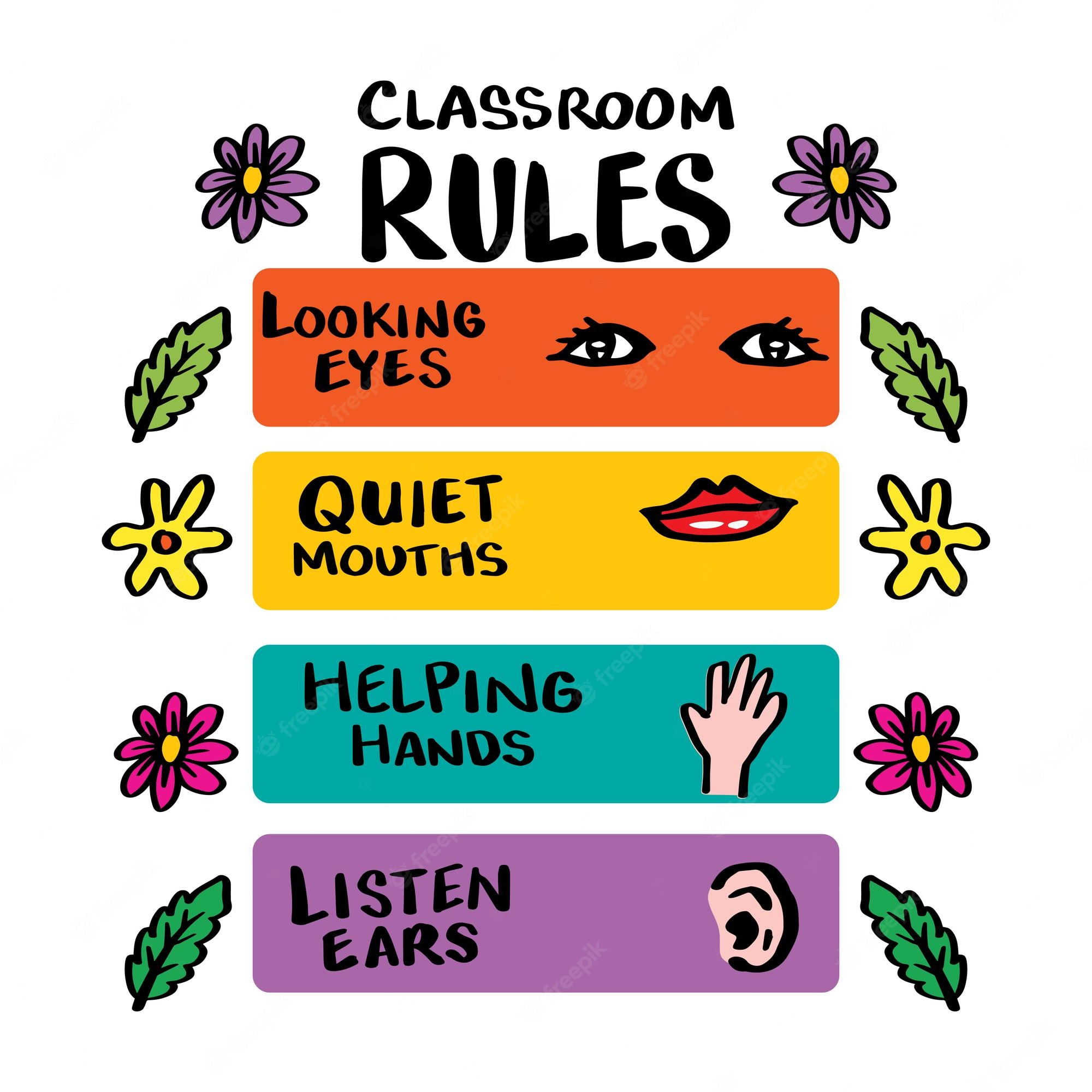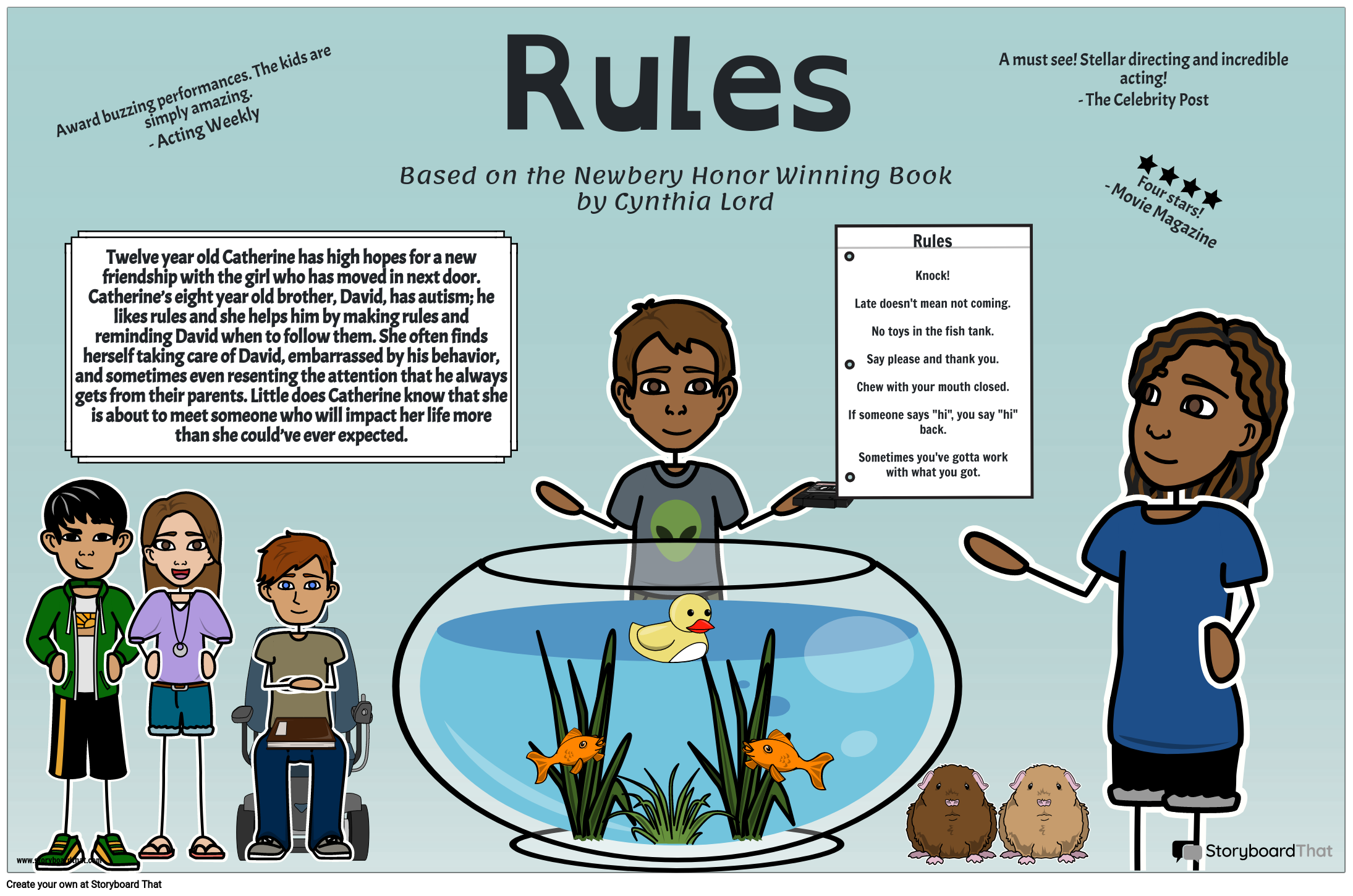5 Movie Rules You Need To Know Before Hitting The Cinema
Ever wondered why some movies feel like magic while others leave you scratching your head? The truth is, there’s a secret playbook in Hollywood—five golden rules that shape every great film you watch. These movie rules aren’t just guidelines; they’re the backbone of storytelling that keeps audiences glued to their seats. Whether you’re a die-hard cinephile or just someone who loves a good flick, understanding these rules can transform how you experience movies. So, buckle up, because we’re diving deep into the world of cinema and uncovering what makes a film truly unforgettable.
Think about it—why do certain films resonate so deeply? Why do they linger in our minds long after the credits roll? It’s not just about the acting or special effects. It’s about structure, pacing, and emotional connection. These elements are all tied together by the unwritten rules of moviemaking, and today, we’re breaking them down for you.
But hey, don’t worry—we’re not going full professor here. This is gonna be fun, relatable, and packed with examples you’ve probably seen on the big screen. Let’s make this journey as entertaining as the movies themselves!
- Brooke Monk Deepfake Nudes The Truth Behind The Controversy
- Jake Felt Highland Park The Story Of Resilience And Community Spirit
Understanding the Basics: What Are Movie Rules?
Before we dive into the nitty-gritty, let’s clarify what we mean by "movie rules." These aren’t strict laws enforced by Hollywood police. Instead, they’re tried-and-true principles that filmmakers use to craft compelling stories. Think of them as a recipe for success. If you follow the recipe, chances are your film will be delicious—or at least satisfying enough to keep people from walking out mid-screening.
Why Are Movie Rules Important?
Movie rules matter because they create structure. Without structure, even the most talented actors and directors can end up with a chaotic mess. These rules ensure that the story flows smoothly, characters feel authentic, and the audience stays engaged from start to finish.
Imagine watching a movie where the hero suddenly develops superpowers out of nowhere, or the villain gets defeated in one punch without any buildup. Sounds ridiculous, right? That’s what happens when filmmakers ignore the rules. But when they play by the book, magic happens.
- Nina Dobrev Nude Separating Facts From Fiction
- Martin Parisian Agency Your Ultimate Guide To The World Of Talent Management
Rule #1: Show, Don’t Tell
This might sound like basic advice, but it’s one of the most important movie rules out there. Instead of having characters explain everything through dialogue, great films use visuals to tell the story. Think about iconic moments like Indiana Jones punching Nazis or Darth Vader breathing heavily in the shadows. Those scenes don’t rely on words—they speak volumes through action and imagery.
Here’s why showing beats telling every time:
- It engages the audience’s imagination.
- It creates more impactful moments.
- It allows directors to convey complex emotions without overloading viewers with exposition.
Take a classic example: the ending of "The Lion King." Simba doesn’t sit around explaining how he feels about his father’s death. Instead, we see his pain through his body language and the haunting visuals of Pride Rock. That’s storytelling at its finest.
How to Apply This Rule
Writers and directors can apply this rule by focusing on visual storytelling techniques. Use facial expressions, gestures, and surroundings to communicate emotions and plot points. Trust your audience to piece things together—it’s part of the fun!
Rule #2: Every Character Needs an Arc
Characters are the heart of any movie, and their journeys should matter. A well-crafted character arc gives depth to the story and makes viewers care about what happens next. Whether it’s a hero learning to overcome fear or a villain finding redemption, character development is key to keeping audiences invested.
Examples of Great Character Arcs
Let’s look at some examples:
- Rocky: From underdog to champion, Rocky Balboa’s journey is all about perseverance.
- Deadpool: Sure, he’s a wisecracking anti-hero, but beneath the jokes lies a man searching for purpose.
- Forrest Gump: Forrest isn’t just running through life—he’s growing emotionally with each step.
Each of these characters evolves in meaningful ways, making their stories unforgettable.
Rule #3: Keep the Audience Guessing
Twists and surprises are what keep movies exciting. If viewers can predict every move, they’ll lose interest fast. That’s why the best films often include unexpected turns that challenge assumptions and add layers to the narrative.
Mastering the Art of Twists
Not all twists are created equal. A good twist should feel organic to the story, not forced or contrived. For instance:
- The Sixth Sense: Bruce Willis being dead the whole time? Mind blown.
- Inception: Was Cobb’s reality real, or was it all a dream? Still debating…
- Gone Girl: Amy Dunne’s reveal as the ultimate manipulator? Talk about shock value.
These twists work because they’re tied to the core themes of the films and enhance the overall experience.
Rule #4: Balance Action with Emotion
Explosions and car chases are awesome, but they only go so far. To truly connect with audiences, movies need emotional weight. This means exploring relationships, inner conflicts, and universal truths that resonate on a personal level.
Striking the Right Balance
Some films nail this balance perfectly:
- Titanic: Sure, there’s the ship sinking, but the love story between Jack and Rose steals the show.
- Interstellar: While the sci-fi elements are mind-blowing, the father-daughter bond is what sticks with viewers.
- Spider-Man: No Way Home: Peter Parker’s struggle to protect those he loves adds depth to the action-packed adventure.
By blending action with emotion, these films create experiences that linger in our hearts.
Rule #5: End with a Bang
Endings are crucial. They leave a lasting impression and determine whether a movie will be remembered fondly. A great ending ties up loose ends while leaving enough room for interpretation. It’s the cherry on top of the cinematic sundae.
What Makes a Great Ending?
Consider these examples:
- The Godfather: Michael Corleone’s descent into darkness is chilling and satisfying.
- The Dark Knight: Harvey Dent’s transformation into Two-Face raises questions about justice and morality.
- Avengers: Endgame: The final battle and character resolutions bring the Marvel saga full circle.
Each of these endings delivers closure while sparking discussion and reflection.
Biography: The Filmmakers Behind the Magic
Behind every great movie lies a team of talented individuals who bring stories to life. Let’s take a quick look at some legendary filmmakers who mastered the art of movie rules:
| Name | Known For | Notable Works |
|---|---|---|
| Stanley Kubrick | Perfectionist storytelling | 2001: A Space Odyssey, The Shining |
| Steven Spielberg | Emotional depth in blockbusters | Jaws, Schindler’s List |
| Quentin Tarantino | Dialogue-driven narratives | Pulp Fiction, Django Unchained |
Additional Insights: Behind the Scenes
Making a movie isn’t just about following rules—it’s about creativity, collaboration, and passion. Filmmakers often experiment with new techniques and push boundaries to create something fresh. However, even the most innovative projects still rely on fundamental principles to succeed.
Industry Trends Shaping Modern Cinema
Today’s cinema is evolving rapidly thanks to advances in technology and changing audience preferences. Streaming platforms have democratized content creation, allowing indie filmmakers to reach global audiences. At the same time, traditional studios continue to invest in big-budget spectacles that push the limits of visual storytelling.
Conclusion: Why These Rules Matter
By now, you’ve seen how these five movie rules shape the films we love. From showing instead of telling to crafting memorable character arcs, these principles form the foundation of great storytelling. But remember, rules are meant to be bent—not broken. The best filmmakers know when to stick to tradition and when to innovate.
So, the next time you watch a movie, pay attention to how these rules come into play. And if you’re inspired to make your own films, start by mastering these basics. Who knows? Maybe one day, you’ll be the one setting the rules!
Got thoughts on these movie rules? Drop a comment below or share this article with fellow movie buffs. Together, let’s celebrate the art of cinema!
Table of Contents
- Rule #1: Show, Don’t Tell
- Rule #2: Every Character Needs an Arc
- Rule #3: Keep the Audience Guessing
- Rule #4: Balance Action with Emotion
- Rule #5: End with a Bang
- Biography: The Filmmakers Behind the Magic
- Additional Insights: Behind the Scenes
- Industry Trends Shaping Modern Cinema
- Conclusion: Why These Rules Matter



Detail Author:
- Name : Cornell Lowe
- Username : bahringer.jevon
- Email : carol.hartmann@gmail.com
- Birthdate : 1994-12-31
- Address : 7847 Hermann Motorway Suite 535 Braunberg, WY 30687-8670
- Phone : +1-660-870-0039
- Company : Reichert LLC
- Job : Pastry Chef
- Bio : Pariatur deleniti iure minima at iure magni. Qui natus nemo sit eius quo laboriosam beatae eum. Cumque excepturi aut vel iste ea debitis mollitia dolor.
Socials
facebook:
- url : https://facebook.com/bschultz
- username : bschultz
- bio : Velit ratione nulla accusantium mollitia voluptatem dolor.
- followers : 5342
- following : 1687
instagram:
- url : https://instagram.com/schultz2009
- username : schultz2009
- bio : Labore ut ea eveniet incidunt ullam eos ullam. Alias libero commodi nobis odio natus praesentium.
- followers : 2345
- following : 1411
tiktok:
- url : https://tiktok.com/@bschultz
- username : bschultz
- bio : Quas fuga maxime voluptas a et doloremque et perspiciatis.
- followers : 831
- following : 658
linkedin:
- url : https://linkedin.com/in/bschultz
- username : bschultz
- bio : Repudiandae quia suscipit eligendi quos.
- followers : 535
- following : 2258